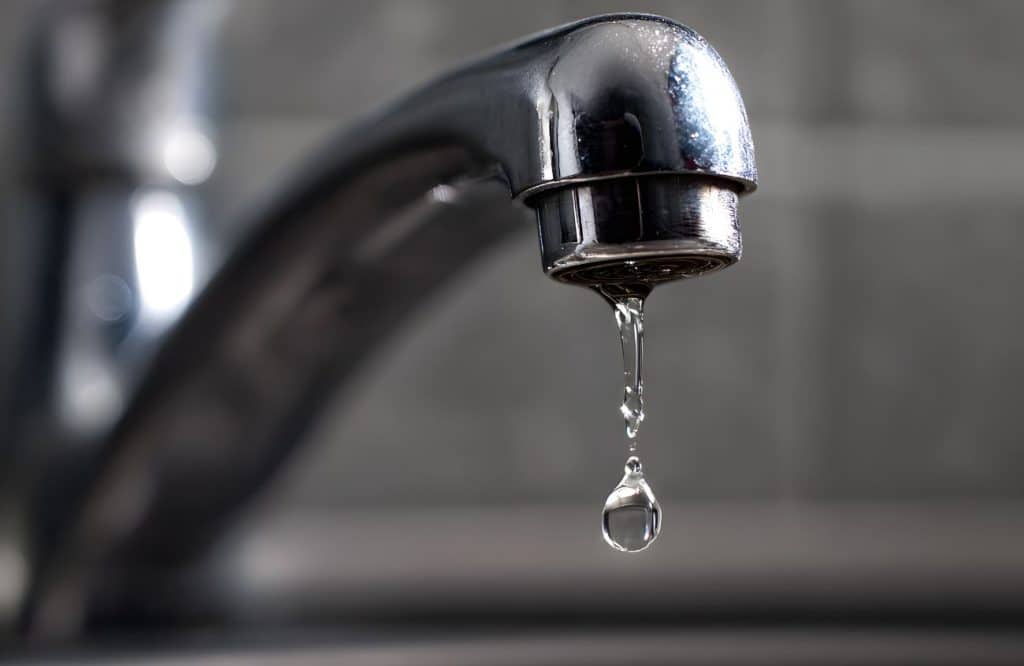Guidance here, best practices there, and recommendations all around: When regulations tell you what to do but not how, what sources can you use to direct your cross-connection control efforts? Finding research- and expert-backed guidance to support planning and operational decisions can help you build a more effective program, better educate your water customers, and achieve compliance.
In a recent HydroCorp webinar, Gary McLaren and Kathy Riley, Backflow Compliance Specialist at Charlotte (NC) Water, discussed the AWWA M14 Manual and how public water systems can utilize its guidance to improve their cross-connection control programs.
What Is the M14 Manual?
The M14 Manual, published by the American Water Works Association (AWWA) and now in its fifth edition, provides widely accepted guidance on backflow prevention and cross-connection control. Robust in nature, the Manual includes diagrams, templates, and statistical evidence, detailing best practices in program management.
The manual is used far and wide, by agencies in every corner of the regulatory and operational water world, including:
- At least five federal agencies, including the EPA, DOE, and NASA
- 76% of state agencies
- Over 250 municipal codes, more than 50 insurance and industrial specifications, and hundreds of commercial design guides
Public water systems should look to the M14 Manual as a source of authority in developing, implementing, and maintaining cross-connection control programs. While most utilities may not have the resources to apply every tactic outlined in the Manual, strategic takeaways exist for programs of all sizes, regardless of any limitations.
Applying the M14 Manual to Cross-Connection Control Programs
Two chapters of the M14 Manual are most relevant to our topic today: chapter 3, which covers program administration, and chapter 5, which covers surveys.
Elements of an Effective Program
The M14 Manual stresses the importance of bringing all stakeholders together to align cross-connection control strategies and garner buy-in from each relevant department or organization. Everyone from municipal leadership to fire chiefs to maintenance personnel to facility or hospital managers needs to understand the basis of the program and support your utility’s efforts.
The cross-connection control plan you present to stakeholders should include:
- Jurisdiction & Legal Authority: The cross-connection control plan and ordinance is the foundation of any effective program—it’s what gives the program “teeth” and allows you to enforce corrective actions.
- Facility Hazard Classifications: Assign “high” and “low” hazard classifications to facilities throughout your community; verify accuracy of data and whether containment backflow prevention is present at each. This information helps you prioritize on-site surveys for high-hazard facilities and plan an effective re-inspection schedule going forward.
- Recordkeeping: At sanitary surveys or state audits, you need proper documentation of program activities and compliance. Stay up to date on water customer data, track survey data as well as backflow test records, document all relevant communications, and keep digital records to ensure preparedness for audits and ongoing program management.
- Training & Certifications: Ensure testers, surveyors, and clerks have the correct certifications and are qualified to perform the work and answer technical questions from water customers. Not only does this keep your water safe and your system compliant, but it aids public education efforts.
- Survey Techniques: Your program should follow the outlined postal notification cycle to inform building owners in advance; document required information for each service connection, including hazard classifications, an inventory of existing backflow preventers, and any unprotected cross-connections; and verify corrected violations within the compliance cycle. Surveys should be conducted at the time of initial service connection, at any change in use, and during routine, scheduled inspections.
Program Performance Metrics
A cross-connection control program is only as successful as the data that backs it up. What should you measure, as noted in the M14 Manual, to make sure your program is on track and protecting your community? A few metrics that help you keep a finger on the pulse:
Annually:
- Inspections performed
- Contained service connections
- Frequency of recurring on-site surveys
Monthly (or more):
- Hazards identified vs. resolved
- Corrected violations
- Backflow prevention assemblies with pending “failed” status each month
- Outstanding non-compliant service connections
These metrics help you monitor program performance, allowing you to identify areas in which your program may be struggling and implement improvements. Plus, having this data on hand and at the ready means your water system is prepared for any sanitary surveys or state audits.
The M14 Manual contains a wealth of knowledge to guide everything from initial program development and implementation to program maintenance and expansion. For utilities small and large, with simple or robust programs, the Manual provides guidance that helps you better protect your community and ensure compliance with state regulations.
Ready to learn more about how HydroCorp can support your utility’s cross-connection control efforts?


